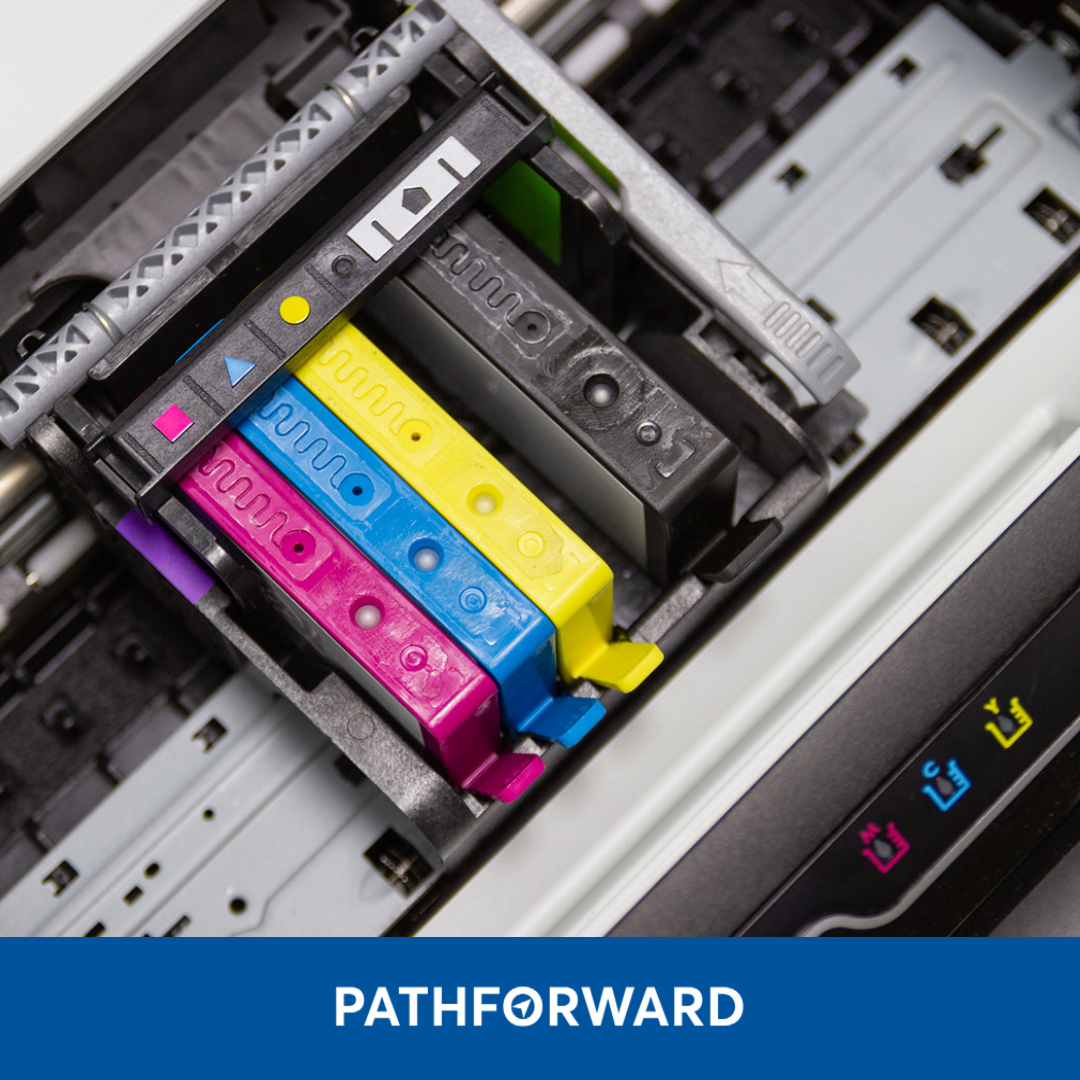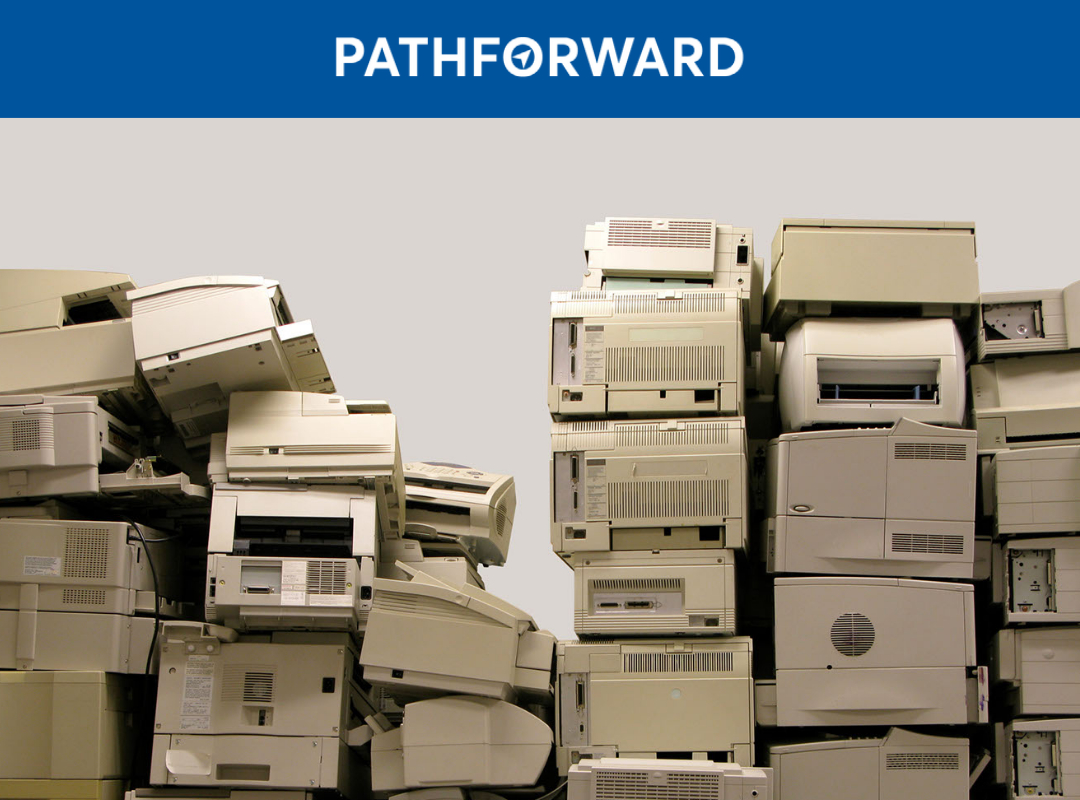
It may seem that having a printing fleet for your company is a simple choice; however, you should understand that choosing the right number and type of devices for your fleet isn’t easy, especially with so many options on the market.
Many businesses waste money on products that do not meet their needs. You could be costing your organization millions of dollars if you don’t know the most common mistakes businesses make when acquiring print devices.
However, thoroughly examining and understanding these opportunities can help you find the perfect mix of devices that suit both your current and future needs while optimizing your business printing operations and reducing your operating costs.
Let’s take a look at each of the five most costly mistakes when purchasing your printing fleet:
1. Buy What Is Sold To You Vs. Buy For Your Needs
Before purchasing a device simply because it’s perceived to be cheaper, you must first consider your current and future needs.
The best example is buying A3 devices when the actual use of such equipment is <2%. These devices have an average purchase cost of $8K vs. equally fast and robust A4 devices that cost $3K. If you have a fleet of 1,000 Multi-Function Devices, choosing A3 over A4 could equate to spending more than $5M than needed.
Whether it’s a high-speed mono laser printer for text documents or an A3 color inkjet MFD for printing and scanning presentations, purchasing the right set of devices will save you from spending extra money on features you won’t use.
2. Buy More Color Than Needed
It’s a well-known fact that the more devices you own, the more printing you will produce, which inevitably translates to the more color devices in your fleet, the more color pages printed.
Establishing a policy that determines the correct regulations on printing is the best solution to reduce inadequate color usage.
If given the ability, employees may choose to print emails, documents, or entire presentations in color. Even with the best margins, color costs more than mono pages by a factor of 6-15x. In an organization with an average color output of 15%, the total cost impact is greater than 50%.

3. Buy Like For Likes
Most organizations make the mistake of purchasing without validating their current usage or accounting for a future (rapidly declining) volume.
Customers buy what is sold despite potential reductions in volume or requirements. If you had 1,000 devices yesterday, you would most likely purchase the same 1,000 devices tomorrow.
If your goal is to reduce the number of pages printed by 35%, there is no need to focus on today’s volume.
The goal should be to design where volume will be, not where it is or was!
4. Buy More Devices Than Needed
Utilization is the key to the lowest cost per page.
For example, if you have a device that costs $100 per month in a base charge (for lease or depreciation) with a click rate of $.005, but you run only 1,000 pages, the effective cost is $.105. If we use the same device, exact pricing, but running 10,000 pages; the effective monthly fee is $.015 per page.
For this reason, it is crucial to examine each device’s utilization and the cost of underutilization. You might discover that you’re wasting money on devices that aren’t utilized to their full potential; confusing low prices with low costs is a costly mistake.
Our rule of thumb is: multi-functions devices running less than 1,000 pages per month; and single-function printers running less than 500 pages per month are underutilized and should not be in the fleet as they are not cost-justifiable.

5. Buy Without A Holistic Strategy, Policy, Or Baseline
In the end, devices don’t print; people do. People print for two reasons: the first is that they want to, and the second is that they have to.
Once you understand the why behind printing, it will be easier to build a baseline, create a strategy, and implement policies to improve the printing culture.
A holistic enterprise print view will prevent you from spending money on the 4 points above.
To read more about the holistic enterprise view, click here.
Purchasing your printing fleet can be expensive when it is not optimized and monitored correctly, so you must take the time to analyze all the costs you might incur.
You can save money and improve efficiency once you fully understand how print affects your business.
Take The First Step
If you’re not thinking about your print strategy holistically, you may be paying millions of dollars more every year than needed. However, developing a strategy and utilization of fixed assets can lead to an enterprise saving between 35-65%.
If you are interested in these types of savings and driving bottom-line impact, the model below is how and what PathForward does in helping organizations like yours find the best-tailored strategy for their goals, priorities, and requirements.
We have helped organizations like yours save over $750M.
